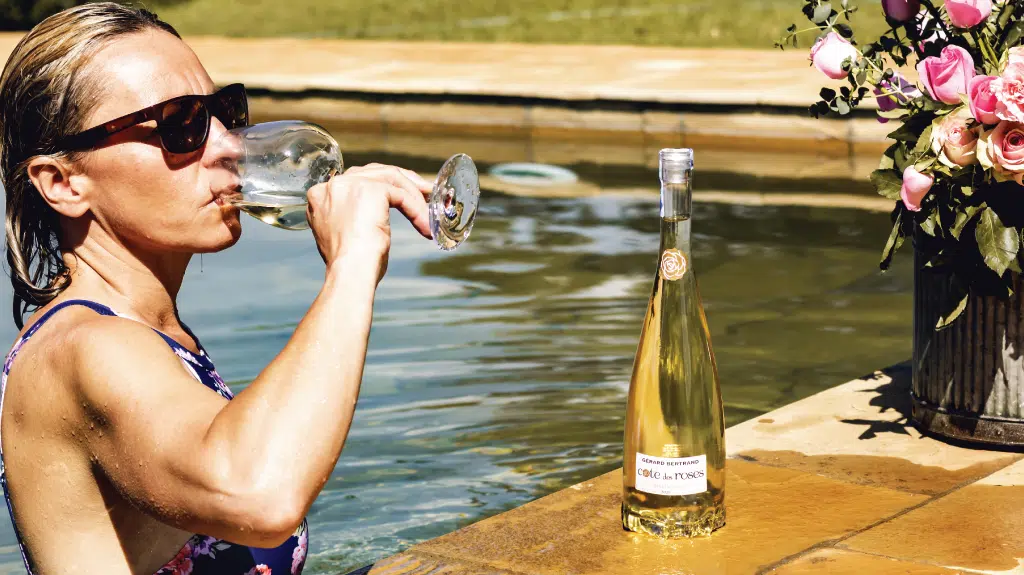Wine Tasting 101: The Basics Of Wine Tasting

Some say that wine tasting is an art form. After all, picking apart and describing the diverse and complex aromas and flavours in wine takes practise and experience. However, even professional wine tasters start somewhere; so if you want to be able to tell a Marlborough sauvignon blanc from a Sancerre with your eyes closed, or if you simply want to tell whether a wine is to your taste or not, here’s our guide to the basics of wine tasting.
Why is wine tasting so popular?
Tasting wine is an enjoyable activity for many people, from every walk of life. It’s a way to explore different types of wines and discover how each tastes. It can also be done in many different settings, for example at home, at a winery, even at wine tasting parties! And it’s the best way to learn about different wines and why they taste the way they do; especially if you attend a curated session such as the wine tastings we offer here at TWB Cellar Limited.
Different types of wines
It may seem obvious to some, but it’s important to understand a little about the different types of wines before you start tasting. The main categories of wine are: red, white, rose and sparkling. Almost all wine produced falls into one of these groups.
Red wines usually contain more tannins – the natural substance which causes a drying, puckering sensation on your tongue – than white wines. This is because when red wine is made, the whole grapes are used, not just the juice; the grape skins and seeds contain high levels of tannins which leach into the wine during the winemaking process along with their colour.
White wines are often sweeter to taste than red wines, although there are plenty of dry white wines out there. What does “dry” mean when applied to a liquid? Well, in wine terms it simply means “not sweet”.
Rose wines can be made either from red wine grapes or a combination of red and white wine grapes. And sparkling wines, although typically white, can also be rose or, more unusually, red; but their defining feature is, of course, the bubbles.
The basics of wine tasting
Tasting wine is not just about taking a gulp and relying on your tongue to give you a flavour profile; if you want to get more out of your wine tasting experience you’re going to engage your senses of sight and smell as well as taste. So make sure you take your sunglasses off and you don’t have a blocked nose! You might also want to keep a notepad handy to jot down your thoughts about the wine you are tasting.
Start by choosing a bottle you’d like to try. Make sure it is at the correct temperature (generally 7-10 C for white wines, 12-18 C for reds) and that your environment doesn’t contain distracting strong smells from cooking, perfume etc.
Look at it
Pour a small amount of wine into a wine glass and then, before you do anything else, just have a good look at it. This is the most overlooked step in wine tasting, but visual clues can tell us a lot about the wine. Note whether the wine is transparent, cloudy or opaque; whether the colour changes towards the edge of the glass; is there any sediment in the bottom of the glass? Tilt the glass and watch the wine run back into the bottom; does it look a little sticky and move slowly, or is it thin and fast moving?
Smell it
Now, holding the glass by the stem, swirl it gently to mix it with the air a little. This process helps to release the wine’s aromas. Put your nose into the top of the glass and smell the wine, breathing in gently (don’t breathe out until you remove your nose from the glass). Think about the aromas you find: Are you getting fruity smells? What about flowers, spices, savoury aromas? Do it again – swirl, sniff, think: do you get the same aromas again or are you picking out something new?
Taste it
Then, take a sip and let it stay in your mouth for a few seconds, swirling it around a little so it comes into contact with all of your mouth. You’ll see professional wine tasters suck in some air at this point – it sounds like a big slurp – which oxygenates the wine further; if you want to give it a go, just make sure you don’t choke! What general flavours do you identify, such as sweetness or bitterness? Can you say how the wine feels in your mouth, in other words is it drying, warming, smooth or harsh, does it feel thick or thin, does it make your mouth water?
Spit or swallow?
Whether you spit out the wine after tasting or swallow it depends on the situation; if you are at a wine tasting event, spitting out the wine into a dump bucket is perfectly acceptable, since the object is to taste a variety of wines, not become inebriated. However this would be frowned upon somewhat when tasting wine in a restaurant. Whether you spit or swallow, the next step is the same: breathe in and out gently. Do the flavours become clearer? Do they remain in your mouth or disappear quickly? And do you find additional aromas you didn’t notice before?
Putting everything together
Now ask yourself a few questions about the wine you just tried. How strong were the flavours? How long did they last? Was there just one simple flavour or many? Did the wine taste balanced, i.e. were the fruit, acidity and tannins harmonious or did it feel lacking in one or more elements? Lastly, did you enjoy the wine? Can you say why you did or did not enjoy it?
Congratulations, you’ve just tasted wine like a pro! If you’re at a wine tasting event, you may find that your neighbour might come out with a different description of the wine to you. Don’t worry about this; different people smell and taste things differently, it’s normal. In fact talking to others about what aromas and flavours they perceive can help you refine your own analysis.
Now for the best bit: practise!
If you’re interested in improving your wine tasting skills, start by going out and smelling different foods – fruits, spices and flowers, for example – so that you are familiar with them and can recall them more easily. And try lots of different wines; the more types of wine you try, the more you’ll notice the differences between them, and the more you will learn about what makes each one unique. This knowledge will give you more confidence when choosing wine to go with food, and you might even find a new favourite! Let us know how you get on!
